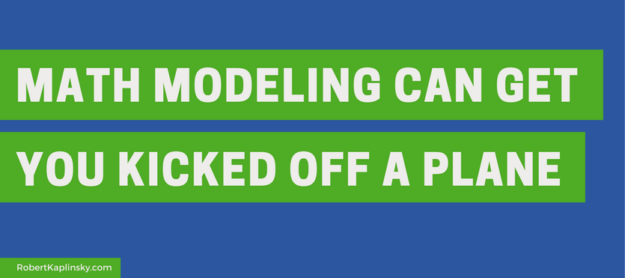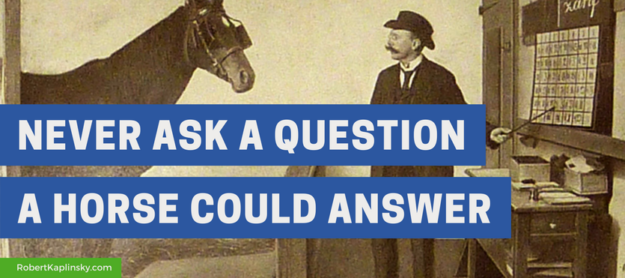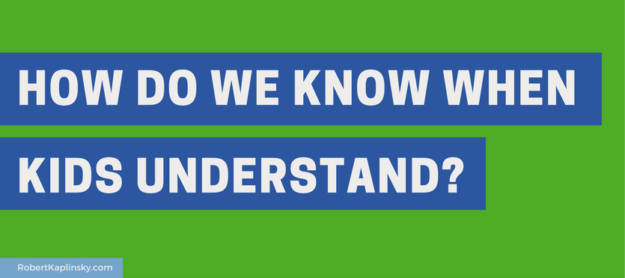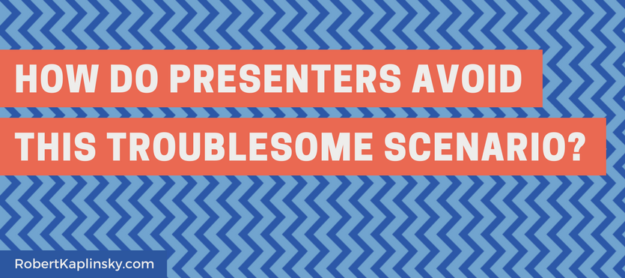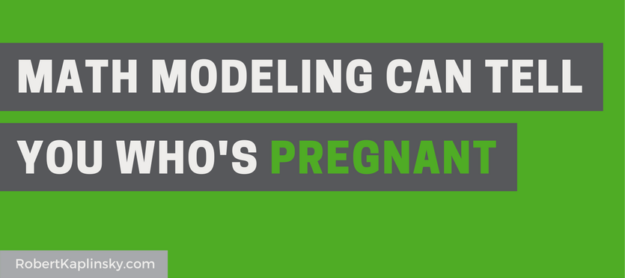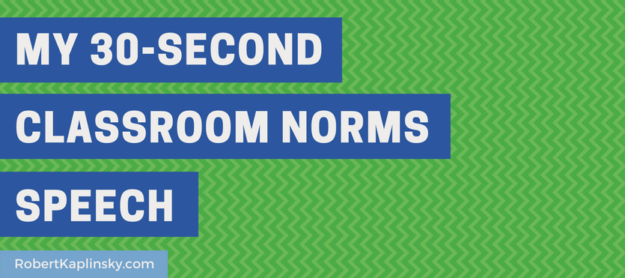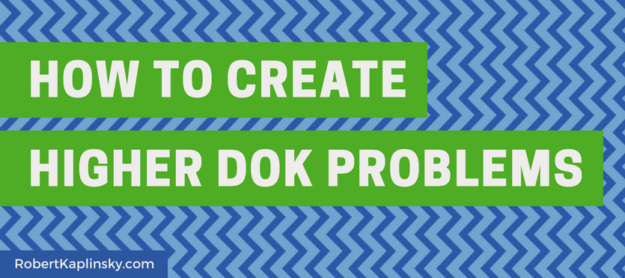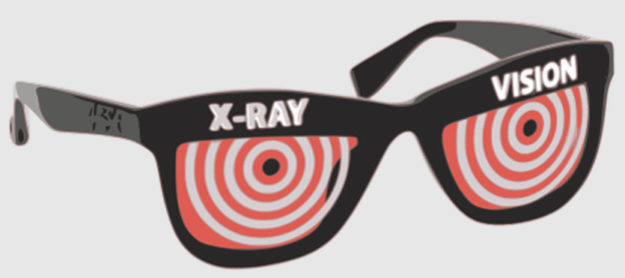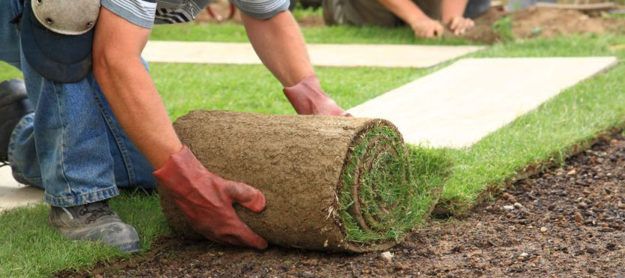If you’ve ever taught students how to find the area or perimeter of a shape, you won’t be surprised to read that students commonly confuse the two measurements. For example, if you ask a student to find the perimeter of a rectangle, they will often give you the rectangle’s area. Based on my experiences, this seems to be a pretty typical outcome for all math educators.
I realize that we’ve come to accept this as normal, but have you ever thought about why it happens? Does this also happen in real life? Could this possibly be a problem of our own creation? After all, when a person is buying grass turf and fencing for their home, does that person ever get confused as to which measurement is which? I can’t imagine that happening often.
This makes me wonder about whether it’s possible that the reason students confuse area and perimeter is because we often present problems with fake contexts. As a result, the terms “area” and “perimeter” remain abstract labels rather than something attached to a relatable meaning.


